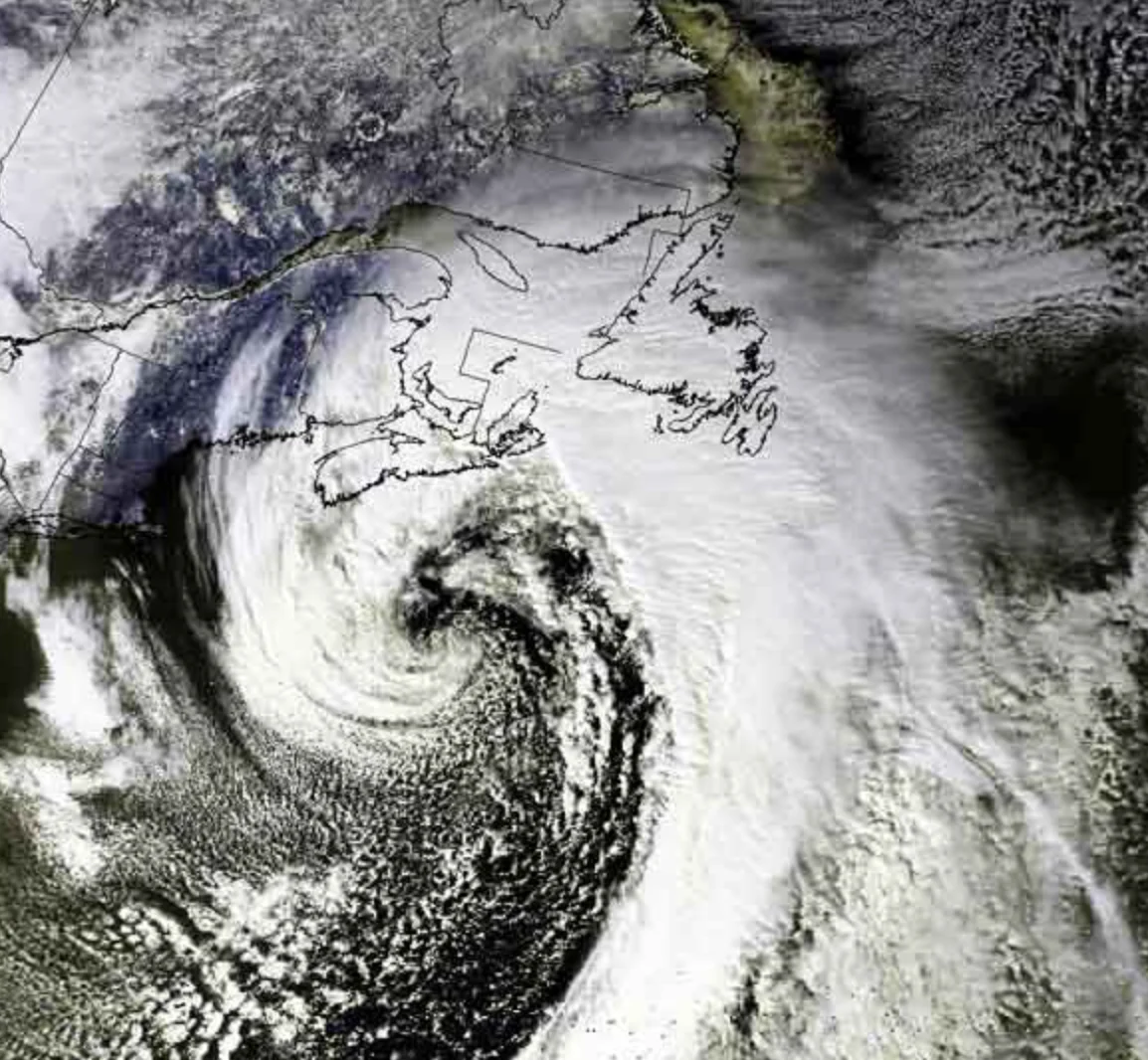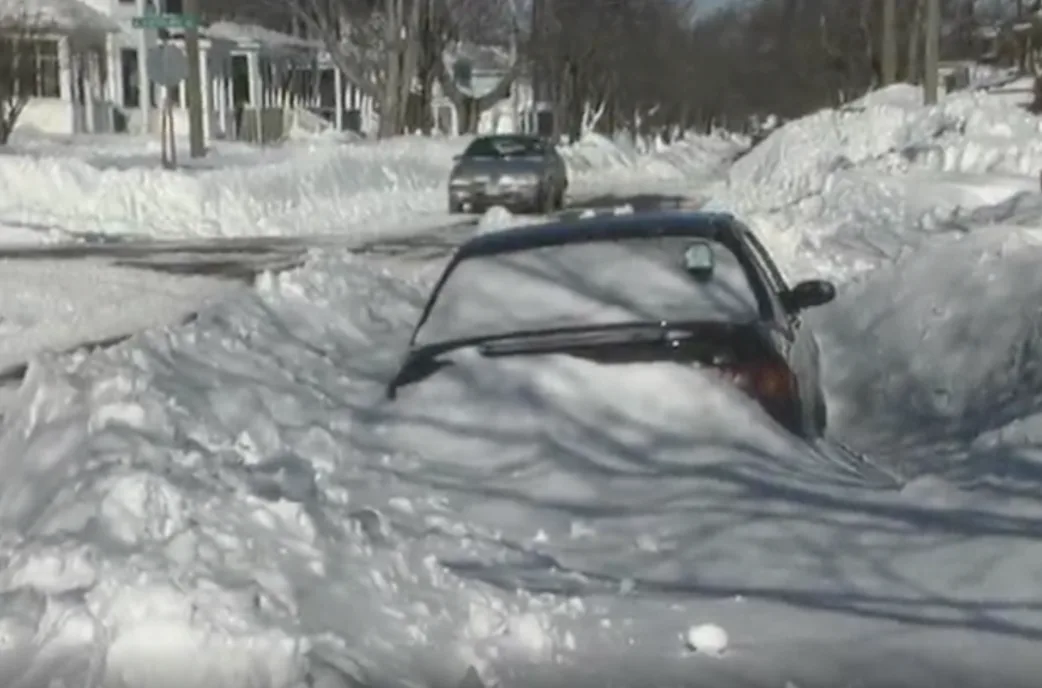
Recalling when N.S. and P.E.I. were hit by Hurricane Juan and 'White Juan'
Yarmouth, N.S., received 101 cm of snow.
This Day In Weather History is a daily podcast by Chris Mei from The Weather Network, featuring stories about people, communities and events and how weather impacted them.
--
In Canada, winter storms aren't assigned official names. Maybe The Weather Network should start a naming convention. Until then, winter storms get their names in all sorts of ways. This is how White Juan was named.
On Monday, Sep. 29, 2003, Hurricane Juan hit Nova Scotia as a Category 2. Juan's sustained wind speeds reached 165 km/h. The storm also passed over P.E.I. as a Category 1 storm.
The wind caused extreme damage to both affected provinces. A total of eight people died due to the hurricane. The cost of damages amounted to $300 million.
It's described as Halifax's worst storm since 1893. Because of the immense amount of damage caused to Nova Scotia and P.E.I., the name Juan was retired and won't be used again for any Atlantic hurricanes.
The storm occurred at the end of September but the impacts were still very fresh well into October.
From Tuesday, Feb. 17, to Friday, Feb. 20, 2004, a hurricane-strength winter storm hit Atlantic Canada, including Nova Scotia and P.E.I. This was five months after Hurricane Juan.
Enter the name White Juan.

Winter storm White Juan just before hitting Nova Scotia. Courtesy of NOAA/Wikipedia
The storm formed around 200 km southeast of Cape Hatteras, N.C., and intensified over the Gulf Stream before approaching Atlantic Canada.
White Juan brought extreme winds speeds and snowfall amounts that broke records as it crossed the provinces.

Yarmouth, N.S., received 101 cm of snow, beating its previous snowfall record of 67.8 cm that fell on Jan. 16, 1977.
Shearwater, N.S., received 95.5 cm of snow, beating its previous record of 73.2 cm from Feb. 1, 1960.
Sustained winds blew as fast as 124 km/h, while reaching gusts of 147 km/h.
That snow and wind combination reduced visibilities to as little as one metre.

Both Nova Scotia and P.E.I. went into a provincewide states of emergency. Though the storm caused more financial turmoil within the two provinces, no one was injured during White Juan.
To learn more about this winter storm, listen to today's episode of "This Day In Weather History."
Subscribe to 'This Day in Weather History': Apple Podcasts | Amazon Alexa | Google Assistant | Spotify | Google Podcasts | iHeartRadio | Overcast'
Thumbnail image: Halifax after White Juan. Courtesy of Wikipedia/Canadaolympic989/CC BY-SA 3.0